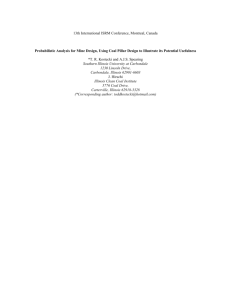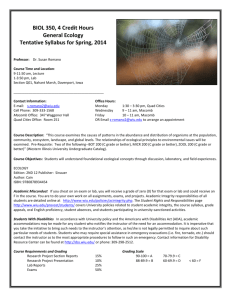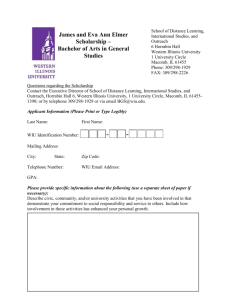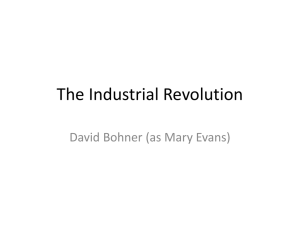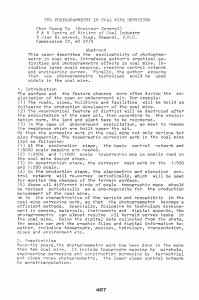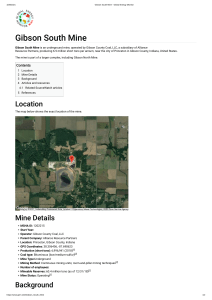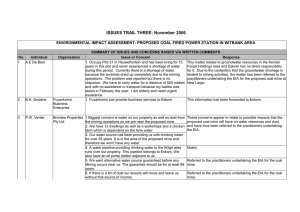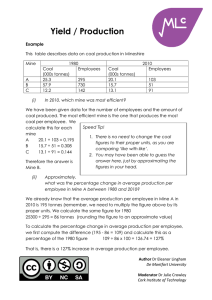Powerpoint - Council of Academic Programs
advertisement
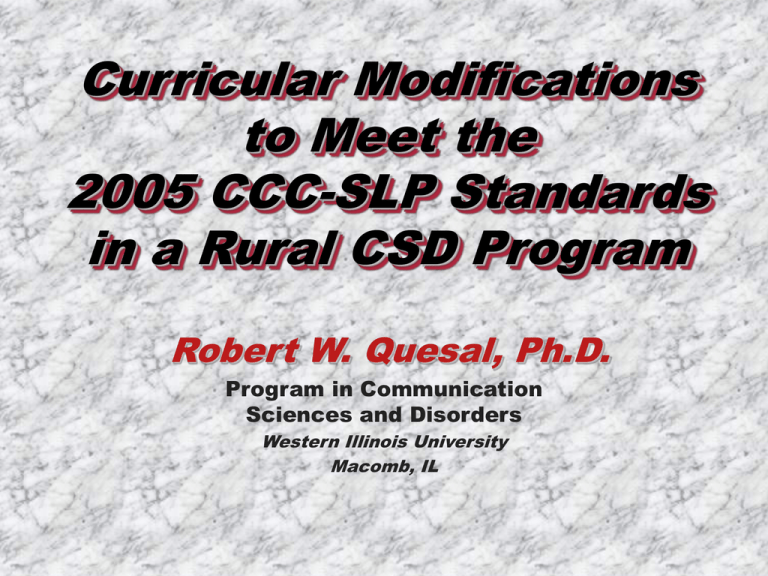
Curricular Modifications to Meet the 2005 CCC-SLP Standards in a Rural CSD Program Robert W. Quesal, Ph.D. Program in Communication Sciences and Disorders Western Illinois University Macomb, IL Some guiding principles • "The one serious conviction that a man should have is that nothing is to be taken too seriously." - Samuel Butler • I apologize in advance to those I may offend • Editorial license Bob and the standards: A love story Robert W. Quesal, Ph.D. Program in Communication Sciences and Disorders Western Illinois University Macomb, IL Council of Academic Programs in Communication Sciences and Disorders Palm Springs, CA April 26, 2002 Applying the new standards: Into the coal mine… …without a light The New Standards in context – Into the coal mine • “The number one cause of problems is solutions” • Problems? • Well, yes – Let’s be honest Summarizing the New Standards • Students will know it all • Students will do it all • Students learn it all… …in their graduate programs! The New Standards in context – Into the coal mine • We have been asked (told) to enter the coal mine (without a light) and begin digging • Those who told us to dig are, in general, not fellow miners Problems? • Standards that all programs will try to meet, but none will fully • De-emphasis of disorder areas • Fluency is the canary in the coal mine – others will follow • “Flexibility” for how information is taught and learned will lead to considerable variability from program to program • Programs will “play to their strengths” • Other problems we haven’t even thought about – but they are out there Implementation • “The test of a first-rate intelligence in the ability to hold two opposed ideas in the mind at the same time, and still retain the ability to function. One should, for example, be able to see that things are hopeless and yet be determined to make them otherwise.” -F. Scott Fitzgerald Implementation • In the face of all this, what did WIU do? • We played to our strengths • Actually, the new standards have provided an opportunity to evaluate what we do well and what we can do better Implementation • “Good” timing • CAA site visit in Fall of 2000 • Elimination of Audiology option • Faculty retirements • New faculty Implementation • Applied the Feynman Problem-Solving Algorithm: 1. Write down the problem 2. Think real hard 3. Write down the answer Implementation • “Graduate Curriculum Review Committee” formed in Jan 2001 • Evaluated current curriculum in light of CAA comments and new standards • Met (almost) weekly from Jan-May 2001 • consulted with all faculty • Presented curriculum proposal at Faculty Retreat in early May 2001 • tweaking/preliminary faculty approval at that time Implementation • I wrote paperwork for new curriculum in Fall 2001, faculty reviewed/edited content • New course proposals • Elimination of some classes (with goal of “integration” of that information into new or existing classes) • Changes in some course titles, course descriptions, credit hours – “cosmetic changes” • Program grew from 45 credit hours to 47 credit hours • Consultation with chair/dean • Submitted to Graduate Council and approved in December 2001 – will go into effect Fall 2002 Highlights • • • • Fluency doesn’t go (until I do) Full class in dysphagia “Oral motor” class “Audiology for the SLP” • to keep audiology “presence” at grad level • “Seminar” adds flexibility • Research component • All students will do a research project or thesis Highlights • Portfolio assessment • Currently being developed • Benefits: • students document and observe growth in their knowledge and skills • we document that students meet the 2005 standards • students have something tangible to show potential employers • faculty more aware of overall curriculum A repository for portfolios What’s good? • Portfolio and research components, if carried out properly, should help students (and faculty) see inter-relationships between components of the curriculum, lead to less “compartmentalization” What’s good? • Faculty must review their classes to ensure that adequate opportunities are provided for demonstration of competence • Less “let me talk” and more “show me how you can apply what you have learned” Potential pitfalls • Faculty must “walk the walk” • Some initial resistance could go either way • To what extent are we willing to change what we have done for a number of years? • Time will tell The future • I’m pleased with what we have done at WIU, but I remain concerned • As we (not just WIU, but the whole profession) embark upon implementation of the new standards, we are faced with opportunities we have not had before • In an ideal world, those opportunities would lead to change for the better • The “flexibility” of the new standards leaves many, many gray areas • What will we see when we look back in 5 years (or less)? The future? • “This [was] an ineffective solution to a non-existent problem.” -Victor Frysinger –or– • The three classic stages of denial: 1. That could never work 2. Sure you can do it, but why would you want to? 3. I said it was a good idea all along


